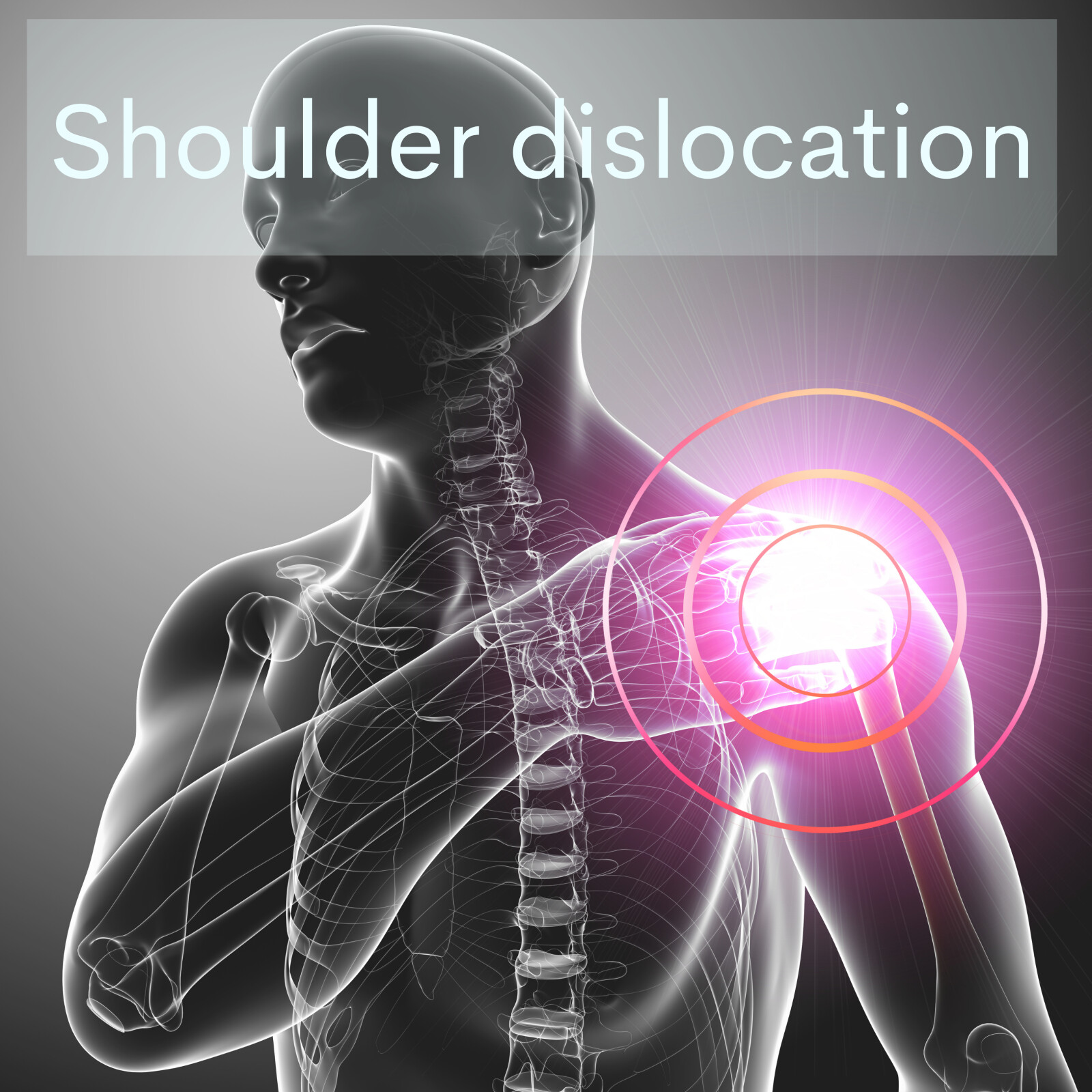
Shoulder joint is the most mobile joint in our body. However this mobility comes at the cost of stability of the shoulder. The shoulder joint is dependent on the surrounding ligaments and muscles to provide it stability. Thus dislocations are not very uncommon in the shoulder joint. In this blog lets discuss and understand more about shoulder dislocations.
Shoulder dislocations can be of three types:
Full dislocation: Here the arm bone comes out completely from the shoulder socket.
Partial dislocation: Here the arm bone is only partially out of the shoulder socket.
Recurrent dislocations: These are repeated episodes of shoulder dislocations. As they get chronic in nature, the dislocation can be triggered by little aggravations.
Watch this video for the common signs that indicate that you have a shoulder dislocation and how it differs from a fracture in the shoulder.
Dislocations can occur in any of the four directions: forwards, backwards, upwards or downwards, whether they are partial or full or recurrent. However it does take a significant amount of force to dislocate the shoulder joint.
Some of the common causes of a shoulder dislocation are:
A direct injury to the shoulder: This can be a direct blow to the shoulder like in contact sports or a collision with the shoulder.
Trauma: This is usually seen in car accident, or extreme rotation of the shoulder joint where someone twists your arm very forcefully.
Falls: Dislocations are also seen in a falls on the point of the shoulder, such as falls from a ladder or tripping on a loose rug. Falls on an outstretched arm can also force the arm bone out of its socket due to the shock of contact with the floor being transmitted through the floor to your arm.
Some of the common complications of shoulder dislocation are damage to the surrounding soft tissue (muscle tears) or nerves and blood vessels. These usually delay the rehabilitation or recovery time, depending on the extent of damage.
Instability of the shoulder can also develop in recurrent dislocations or a very severe dislocation. Instability of the shoulder can make you prone to shoulder injuries in the future.
If you have a dislocation of the shoulder, whether partial or complete or recurrent, seek medical advice. It is not advisable to try and pop the shoulder back into its place as it can worsen the injury and damage to nearby soft tissues or your nerves or blood vessels. A doctor can help to relocate your shoulder back into place and you will be advised to wear a sling to support the shoulder joint.
Strengthening exercises play a very important role here. If the muscles around the dislocated shoulder are strong enough they can hold the shoulder in its socket, avoiding future dislocations. The sling that you have to wear to support the shoulder can lead to adhesive capsulitis or frozen shoulder. Mobility exercises done at the correct phase of rehabilitaiton can help to avoid or minimise this.
Learn more on how to manage your neck, back, joint and nerve pain in my free community HERE, where we discuss these topics in a judgement free and friendly manner.
If you like this blog and want to be notified about new blogs as soon as they are published, subscribe to my mailing list below.
I would love to see you around the internet! For other places you can explore more about me: https://withswati.com/page/link
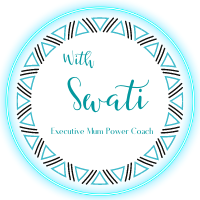


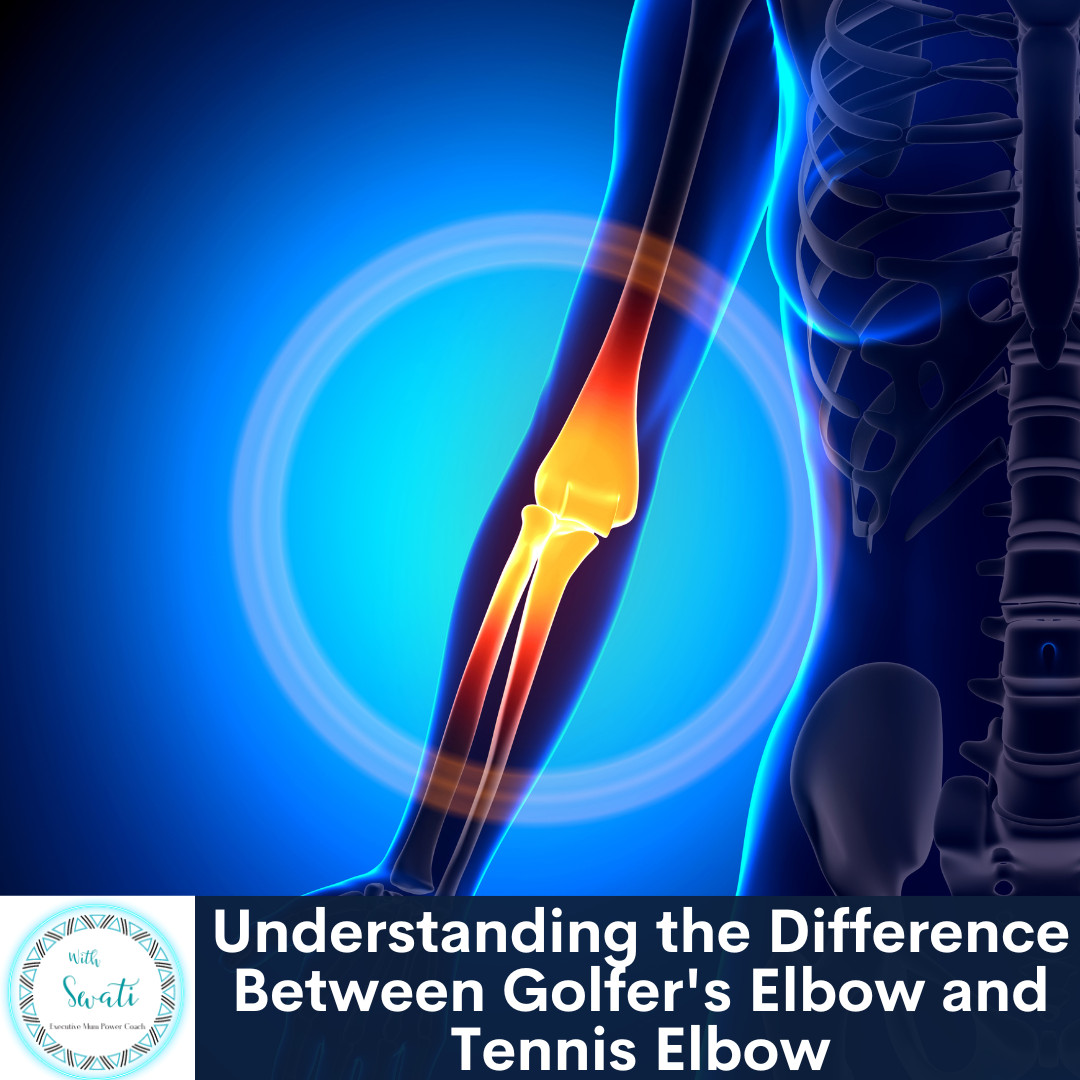
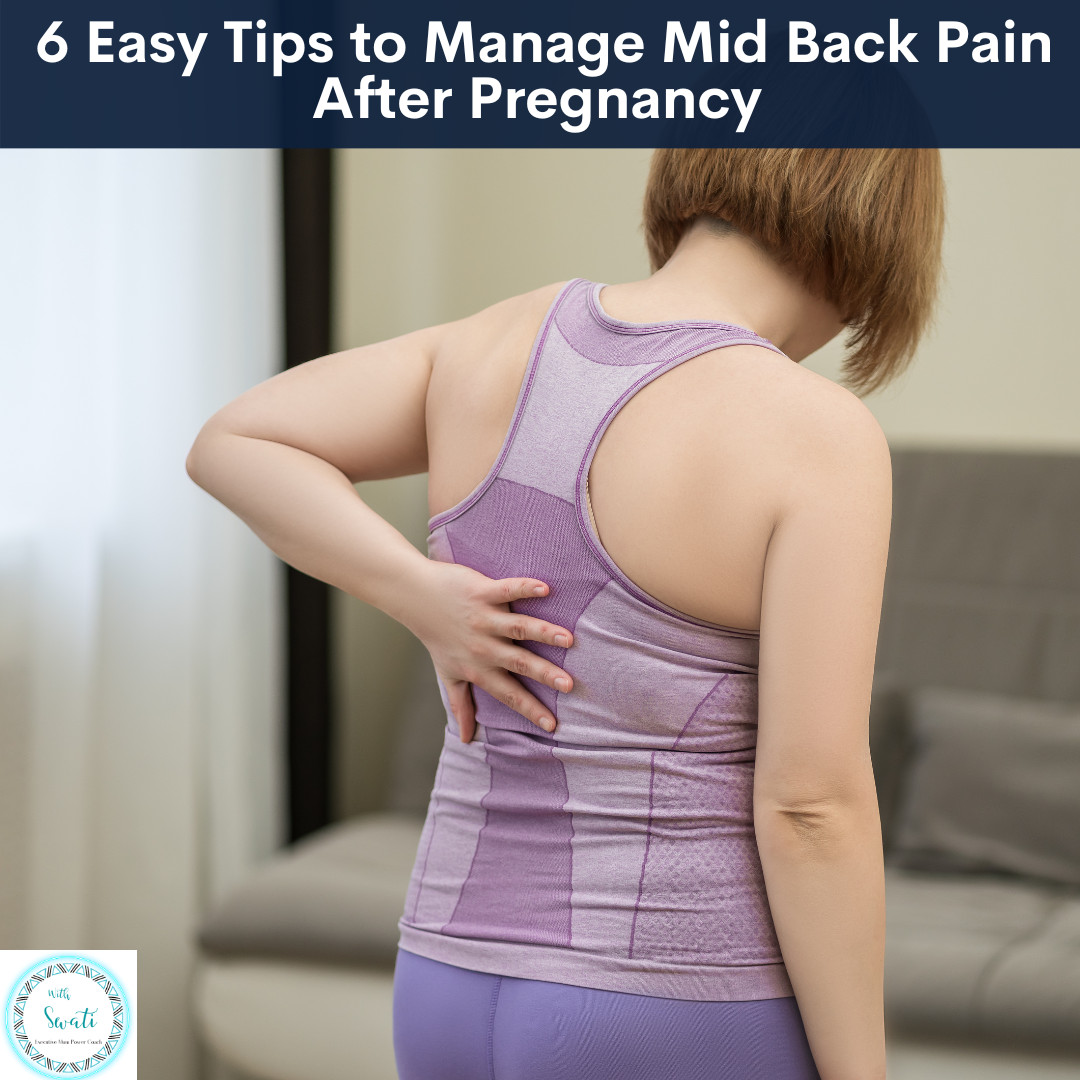


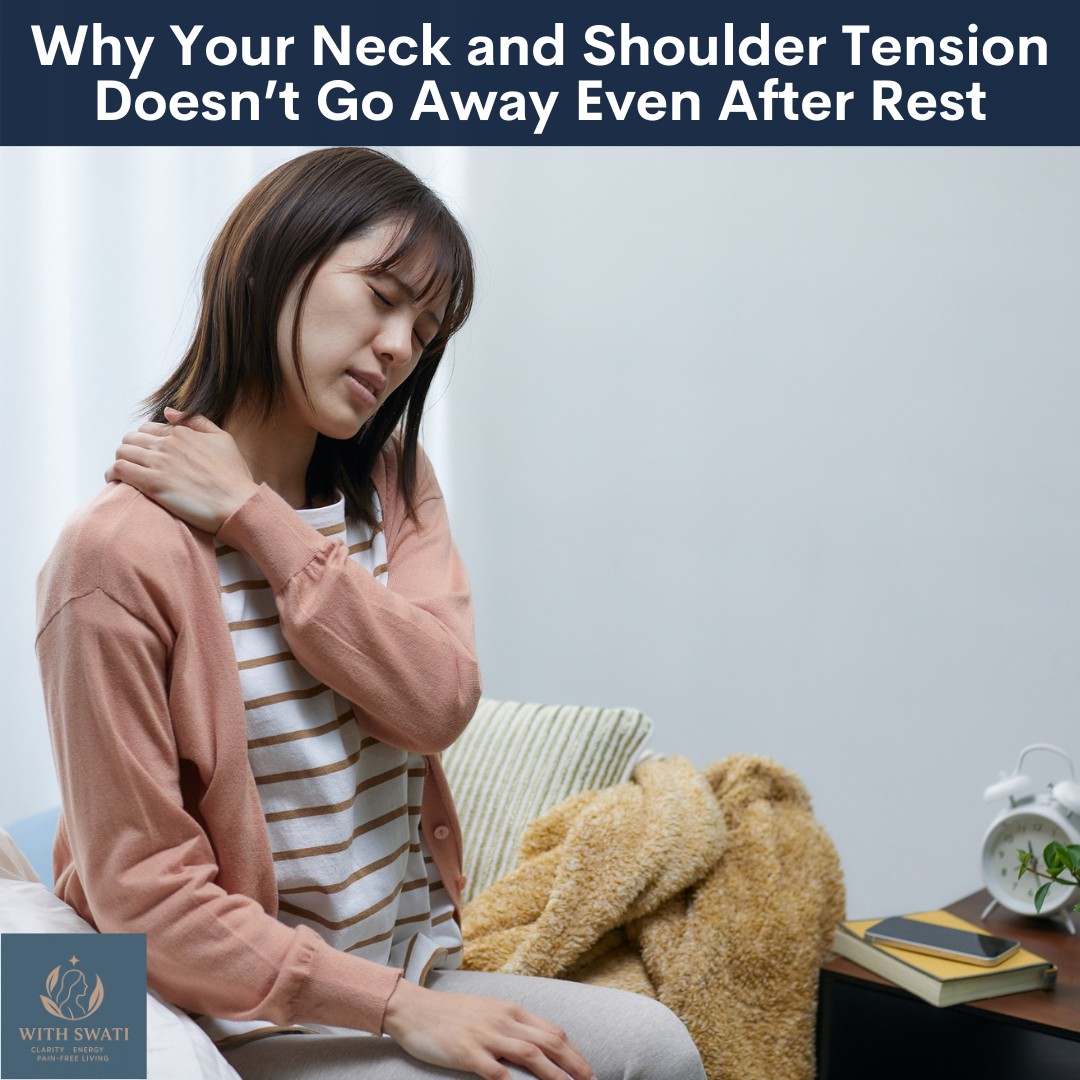

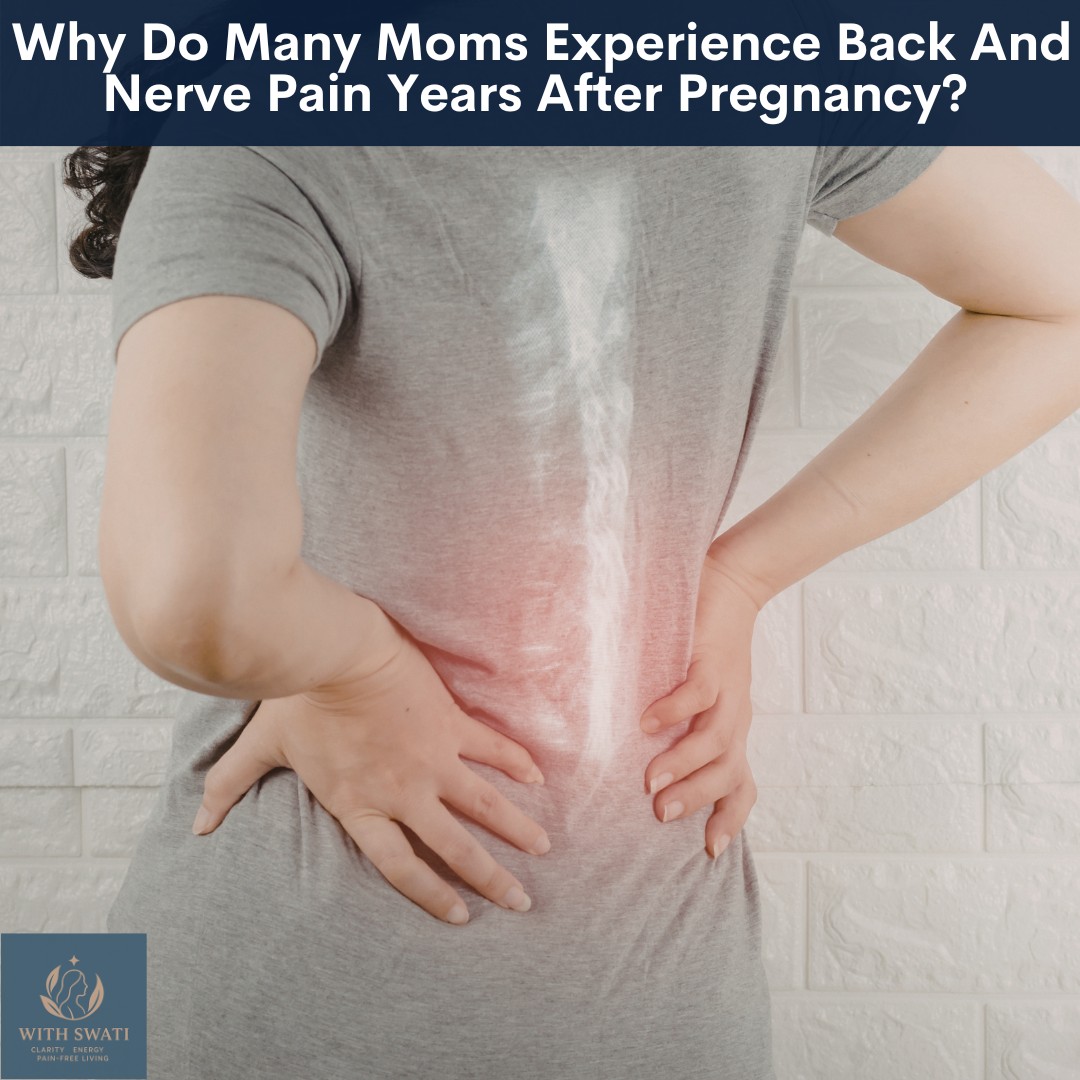
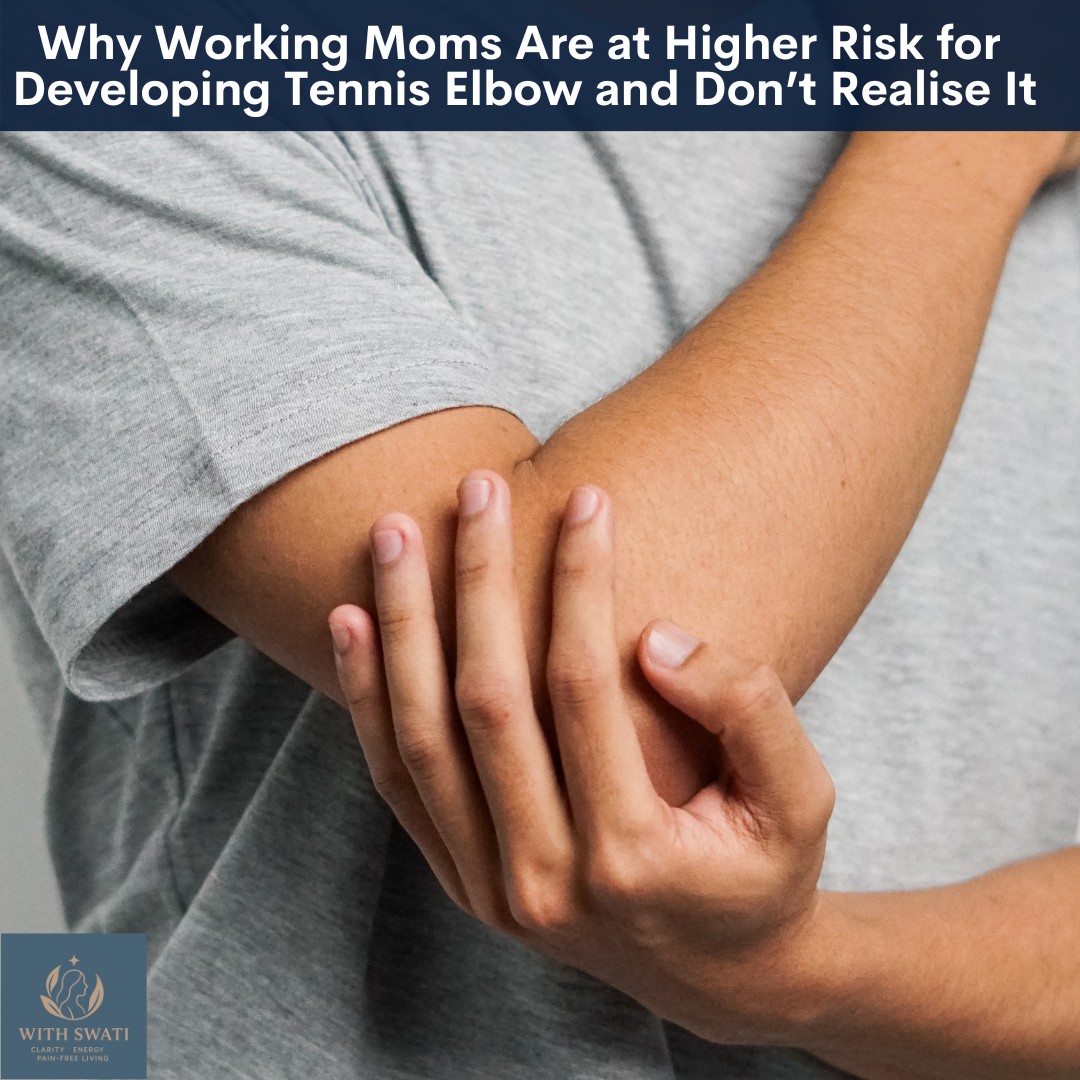

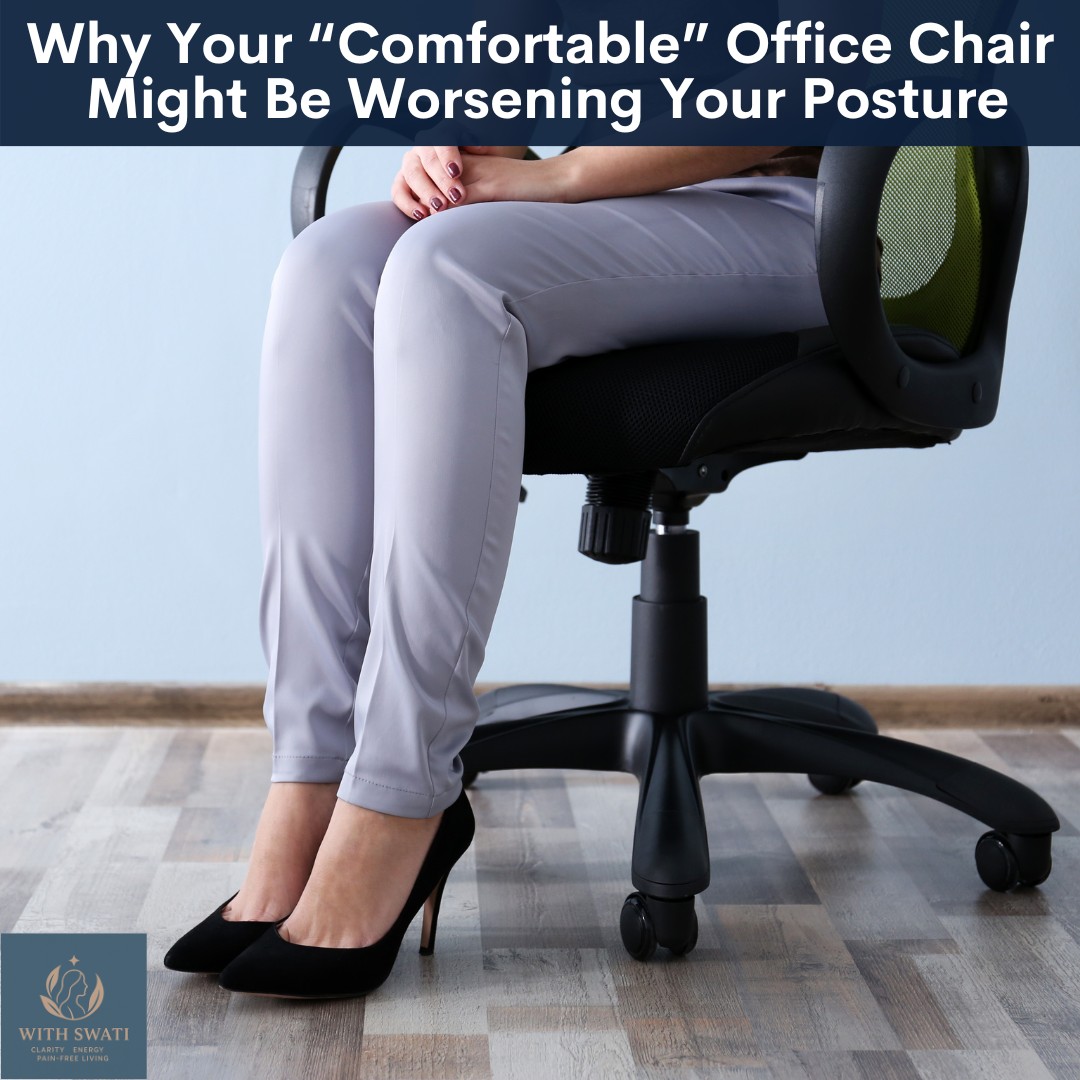

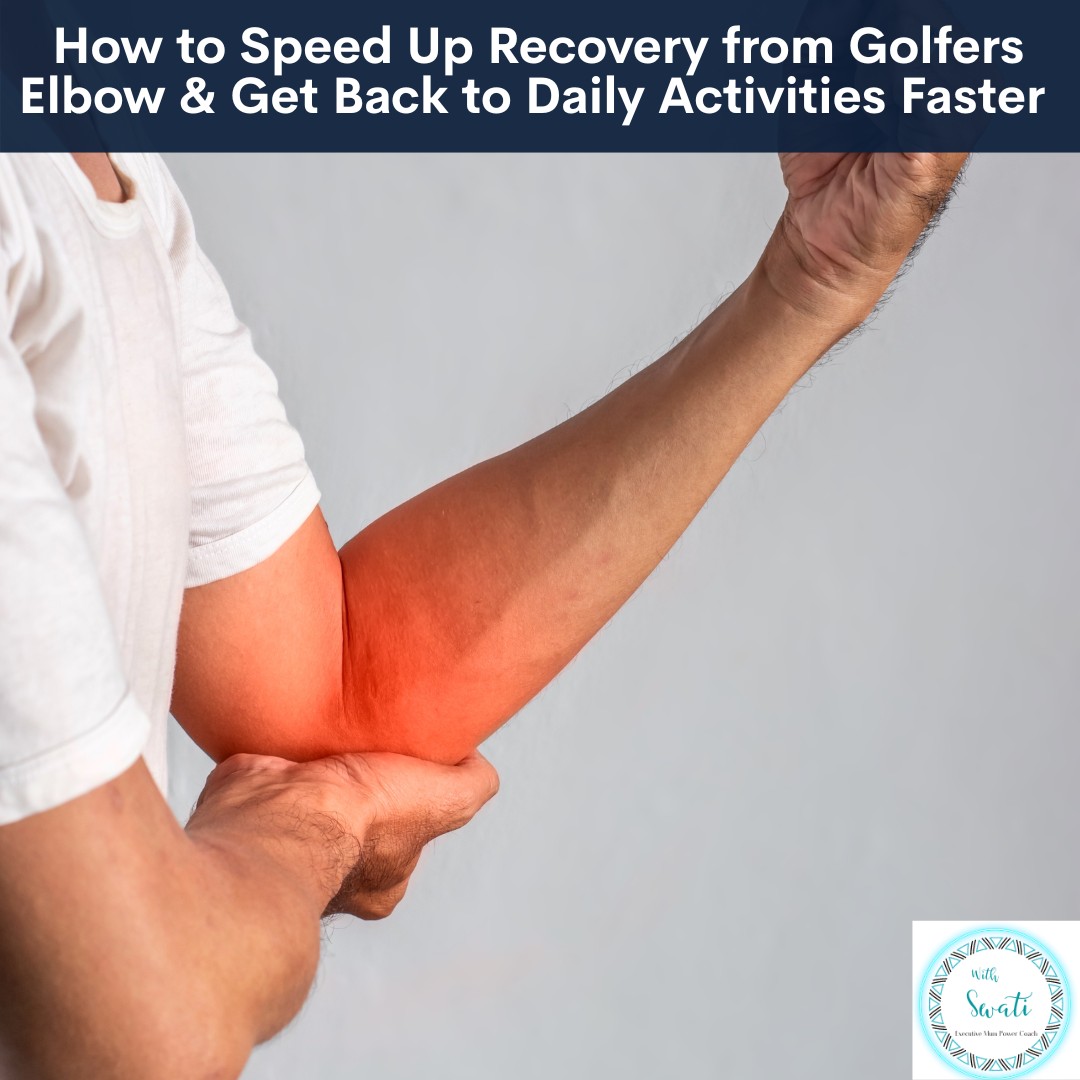

0 Comments